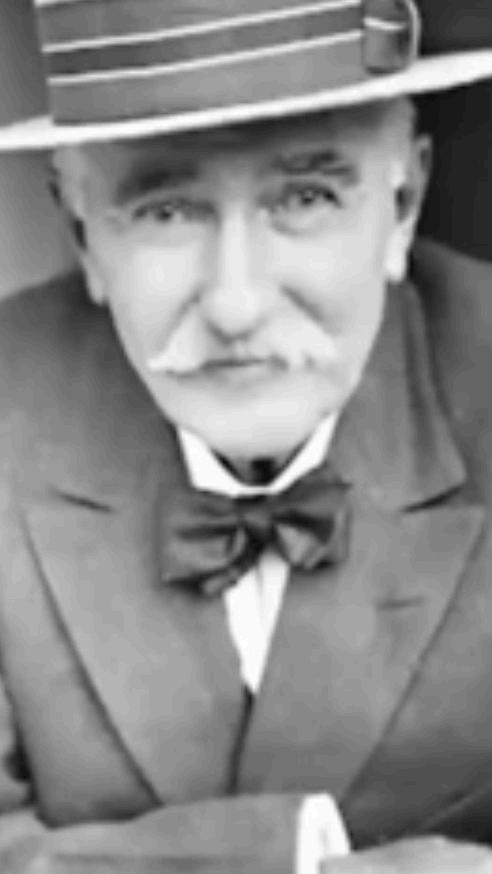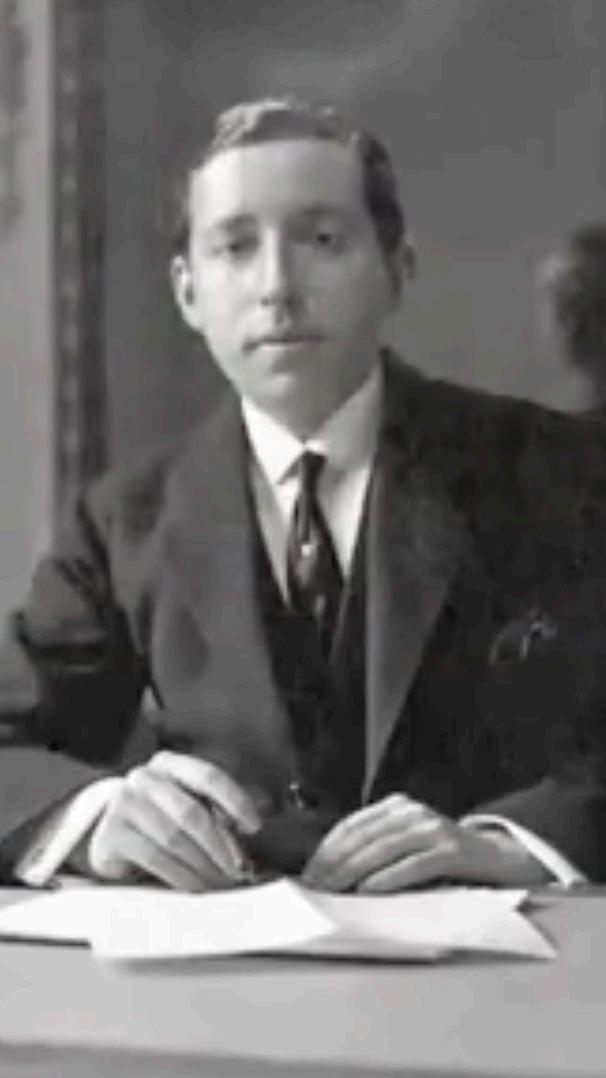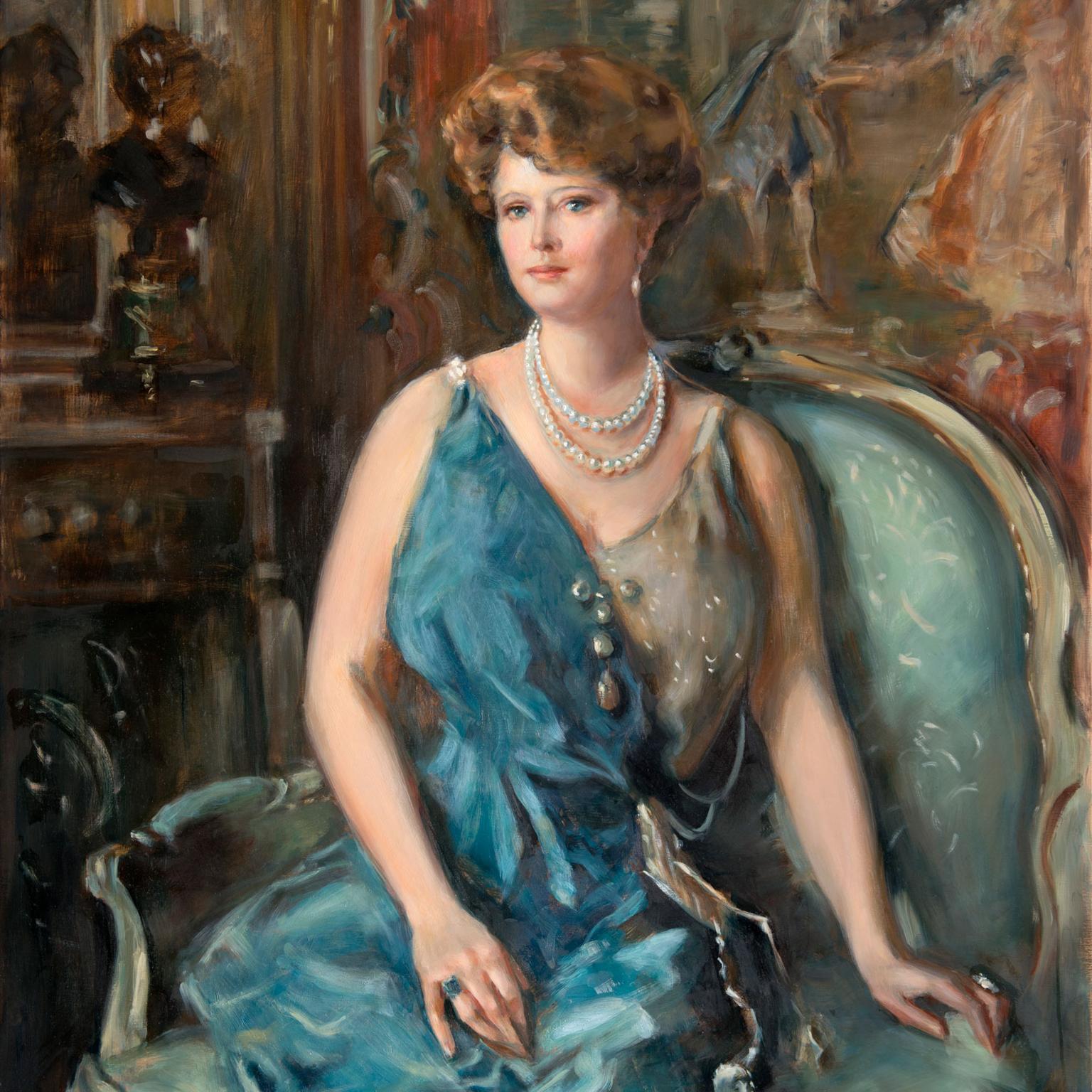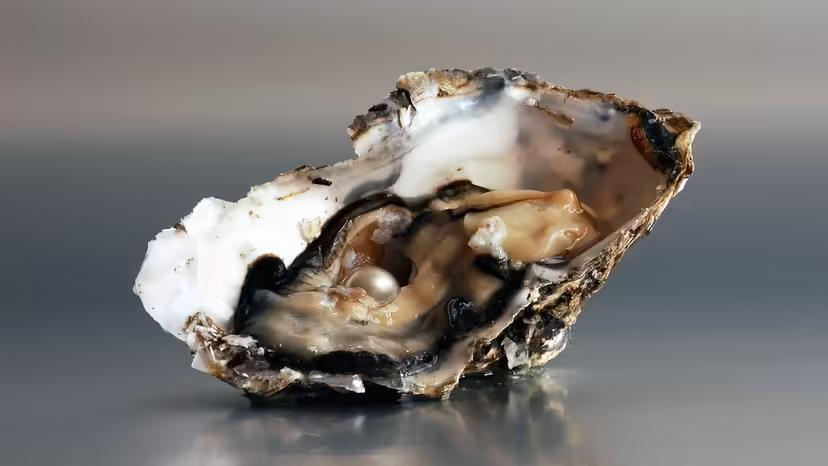
1 minute read
The Miracle of Natural Pearl Formation
Pearls are formed when an irritant slips between the shells of an oyster. In an act of self-defense, a liquid crystalline secretion called nacre builds up around the irritant in layers, until a pearl is formed.
Being aware of this miracle is the back drop to the history of pearling.
Advertisement
This History of Pearls can be delineated as before and after 1916
The pearl industry was revolutionized by the son of a Japanese noodle maker, Kokichi Mikimoto who single-handedly launched the cultured-pearl industry.
Using the Mise-Nishikawa method, he was able to patent the production of a round pearl in 1916
Cultured or nucleated pearls are formed through the same process as natural only the irritant or nucleus is placed carefully into a pearl oyster by a woman or man, using tools resembling dental tools.
This industry is a young one - barely 100 years old
By contrast, divers have gathered wild oysters for their natural pearls for at least 4,000 years.
To underscore the significance of the year 1916 in the history of pearls, I relate this story. It is the story of the Cartier building in NYC at 635 5th Avenue
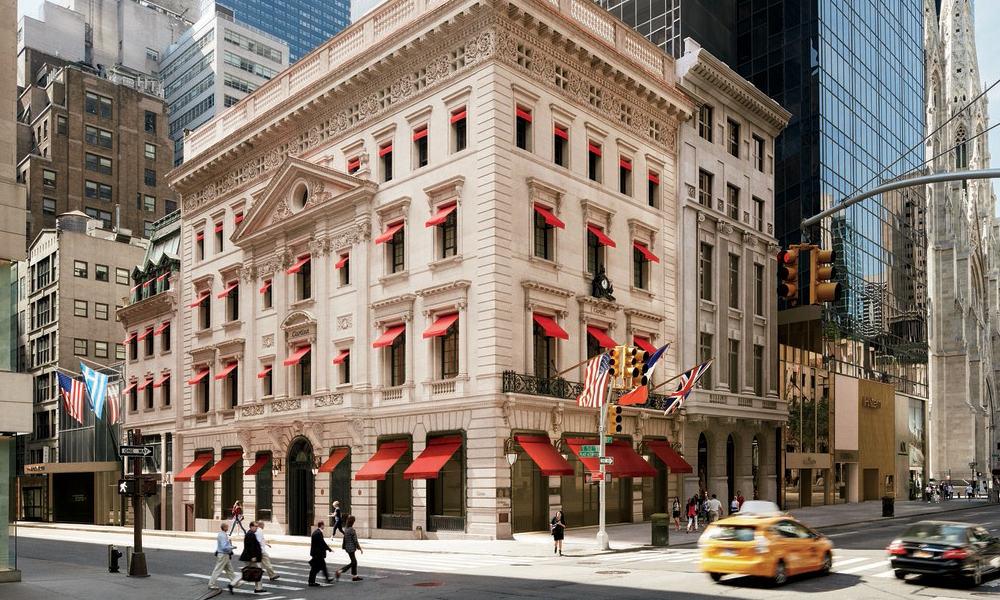
In 1916 Mae Caldwell Manwaring Plant, wife of Morton F. Plant, desired the double strand of natural pearls she saw at Cartier headquarters at the then address of 712 Fifth Avenue, NYC. Because of the rarity of natural pearls, this necklace with 128 perfect pearls, Pierre Cartier put a price tag of ONE MILLION DOLLARS for it because each pearl had had to be carefully harvested by divers, taking years to find enough pearls.
Mae had to have the necklace!
The same year, the Plants were planning to move from 635 5th avenue to an even larger mansion 30 blocks north.
Pierre Cartier offered Morton Plant $100, plus the necklace, in exchange for the 635 5th Avenue mansion.
At the time the New York Times valued the building at $925,000.00
As cultured pearls, being more affordable, allowed more and more people access to pearls, the result was that by 1957 the pearl necklace had lost significant value and was sold for only $181,000.00 at an auction of Mae’s estate.
